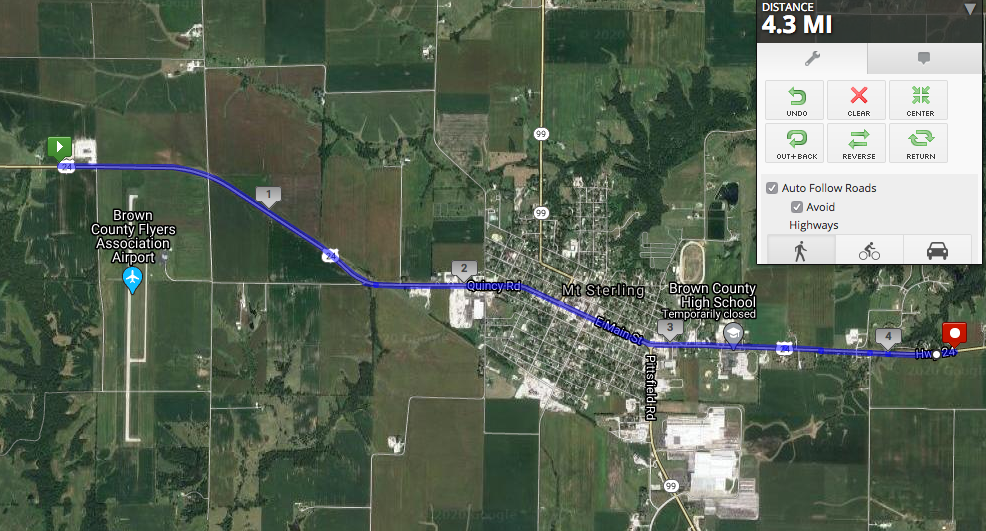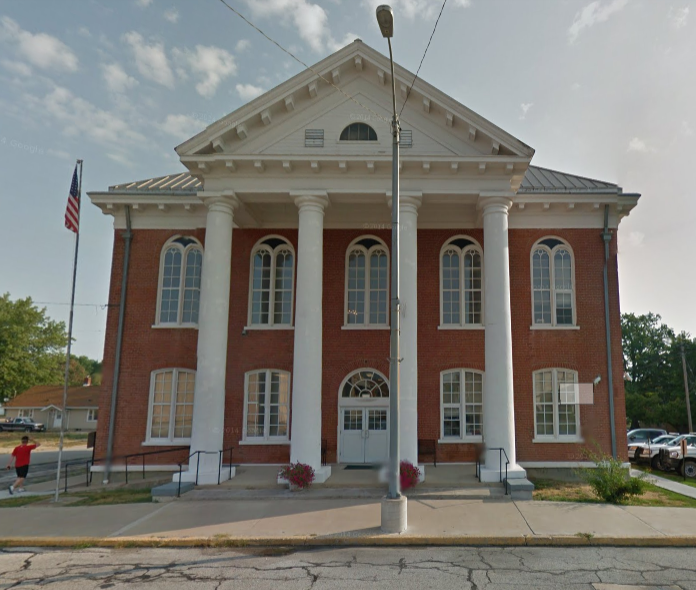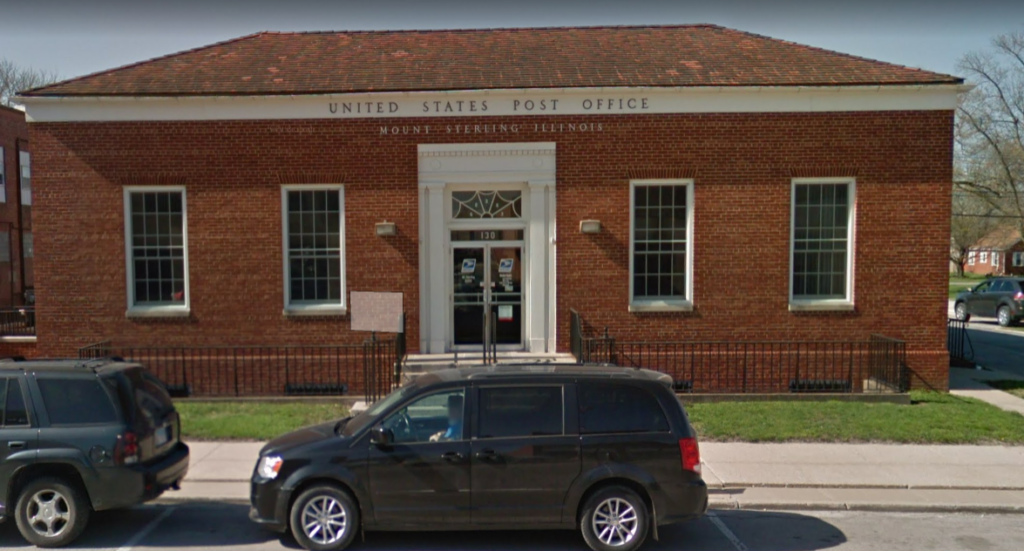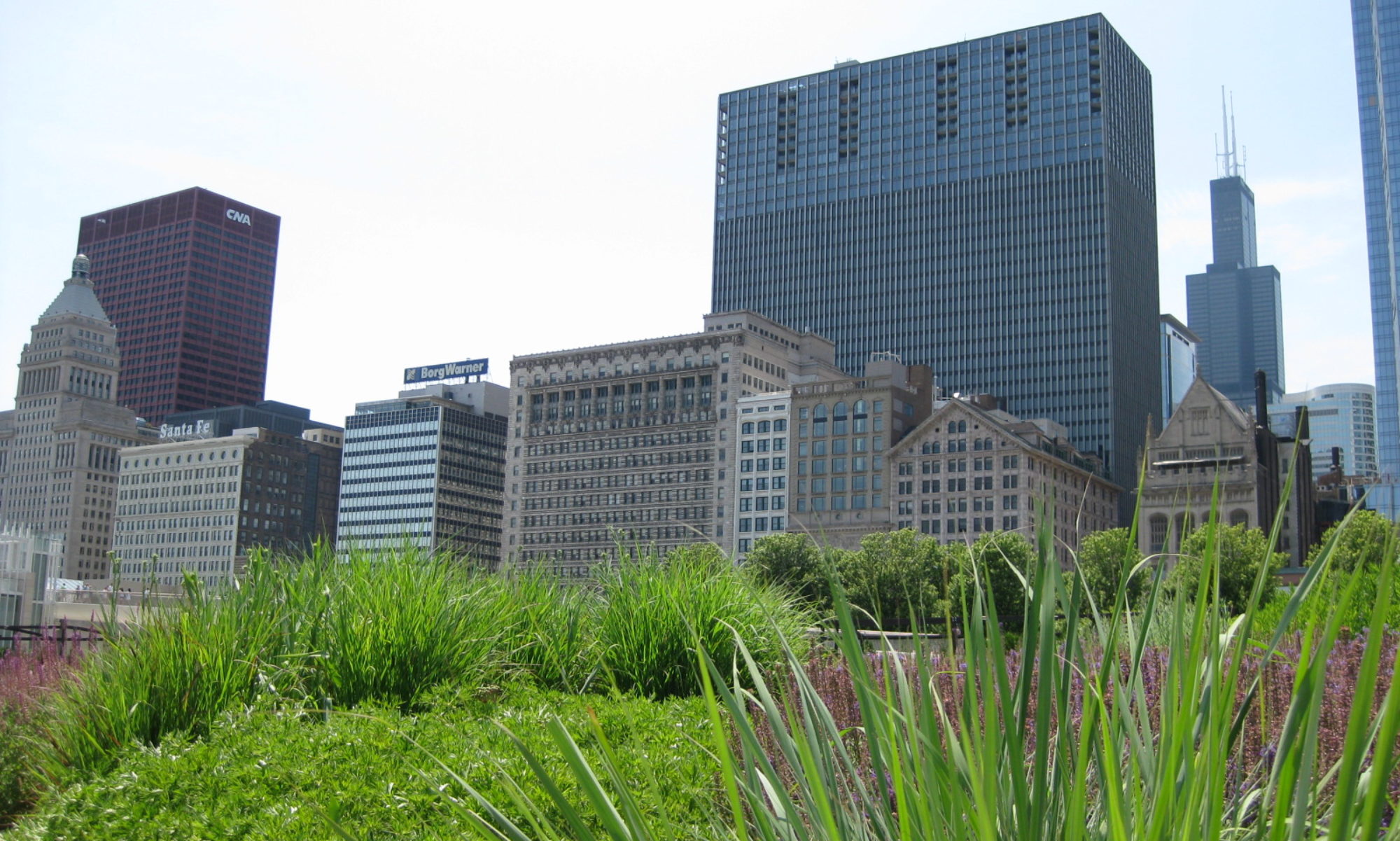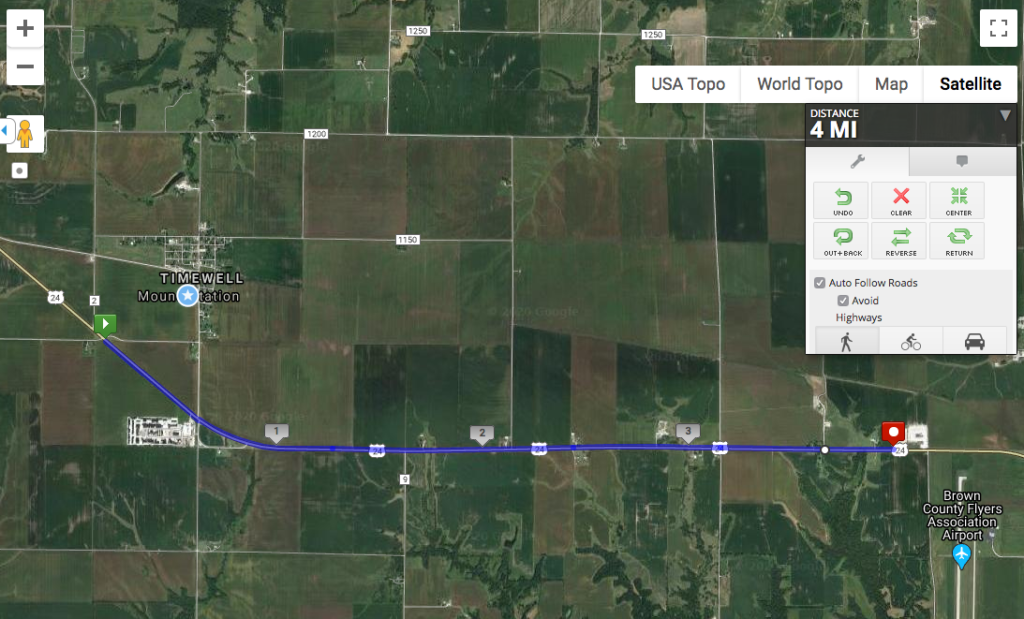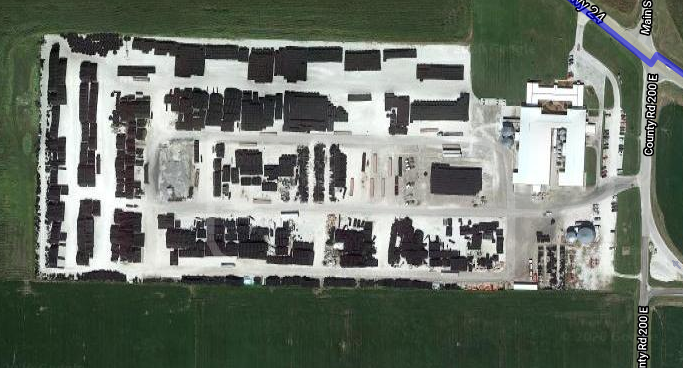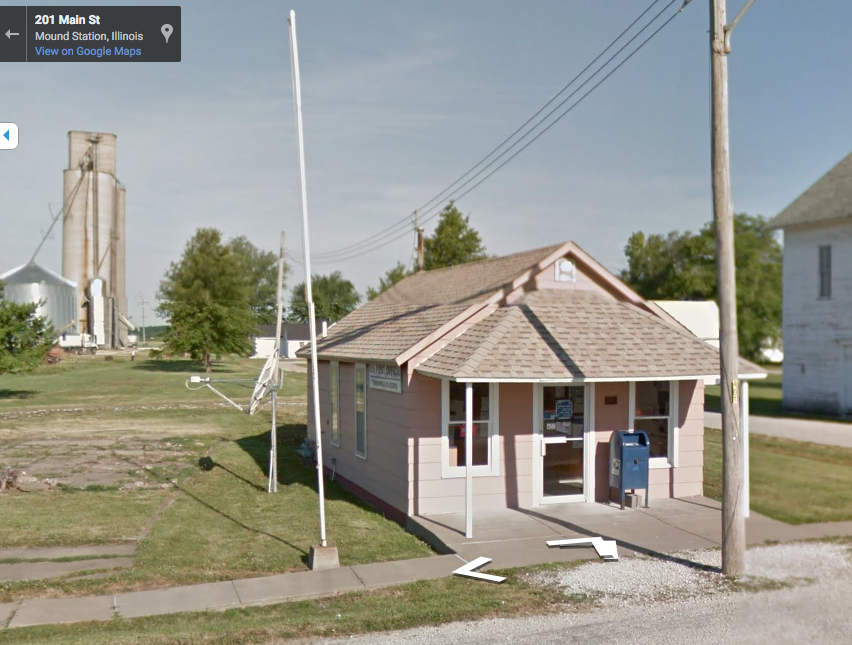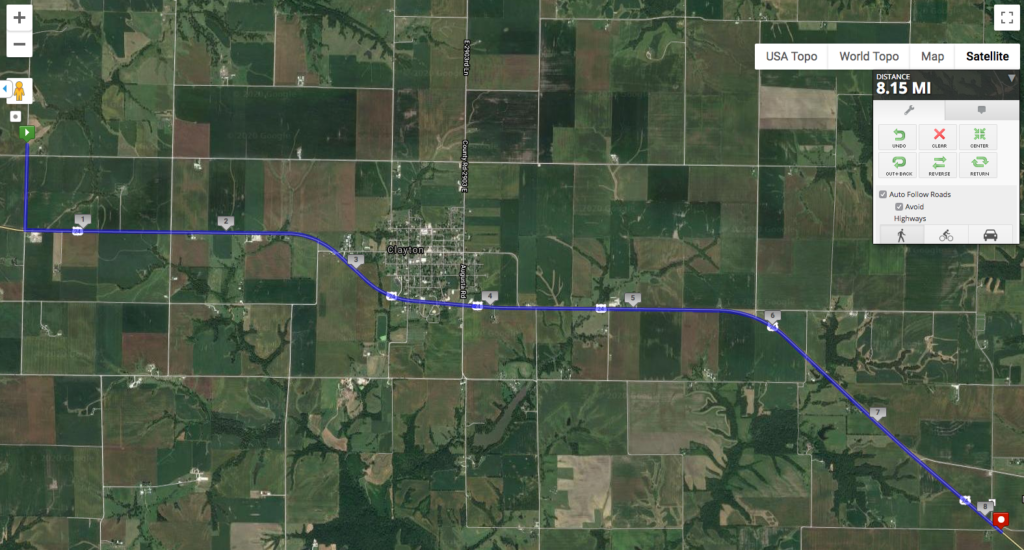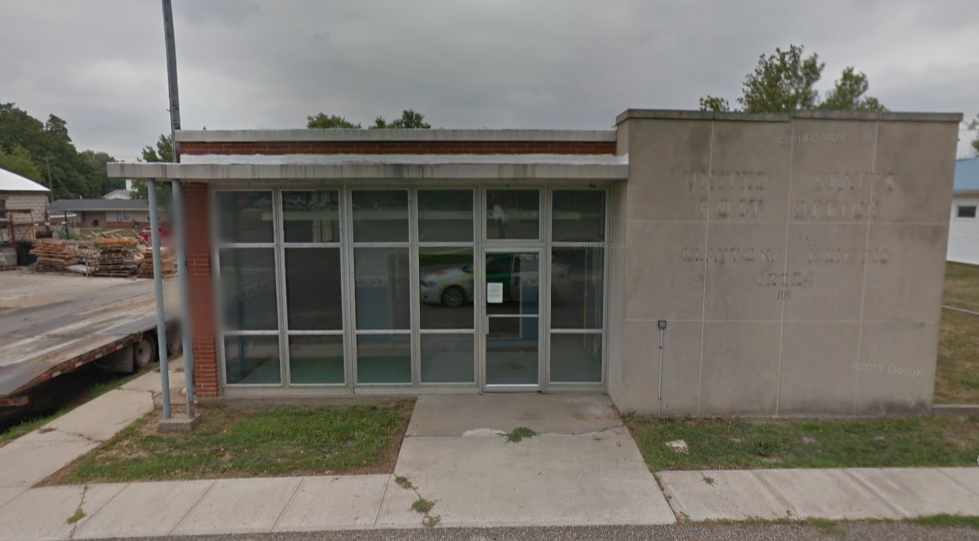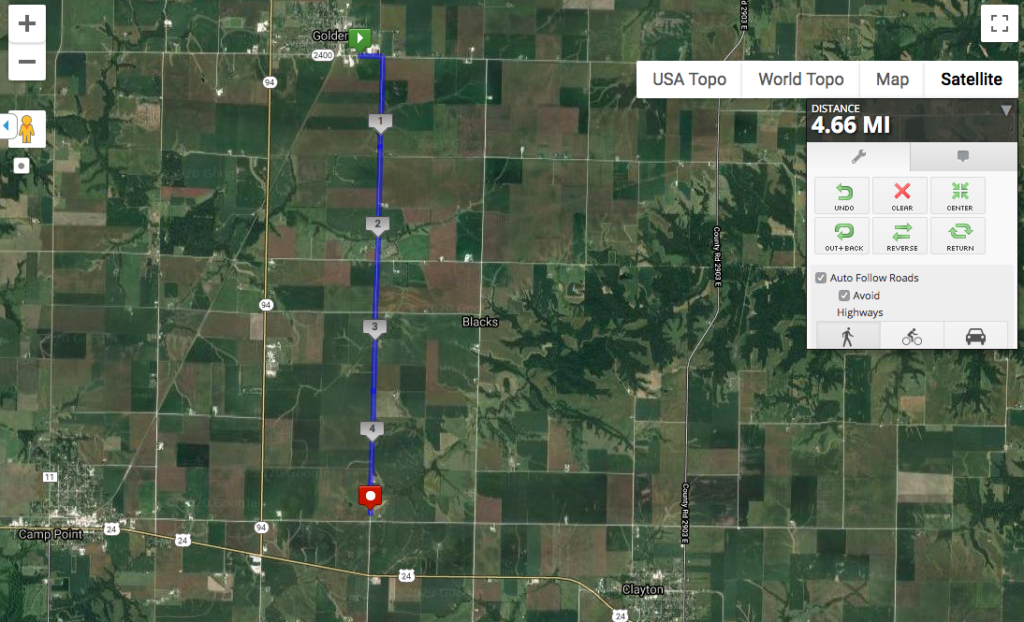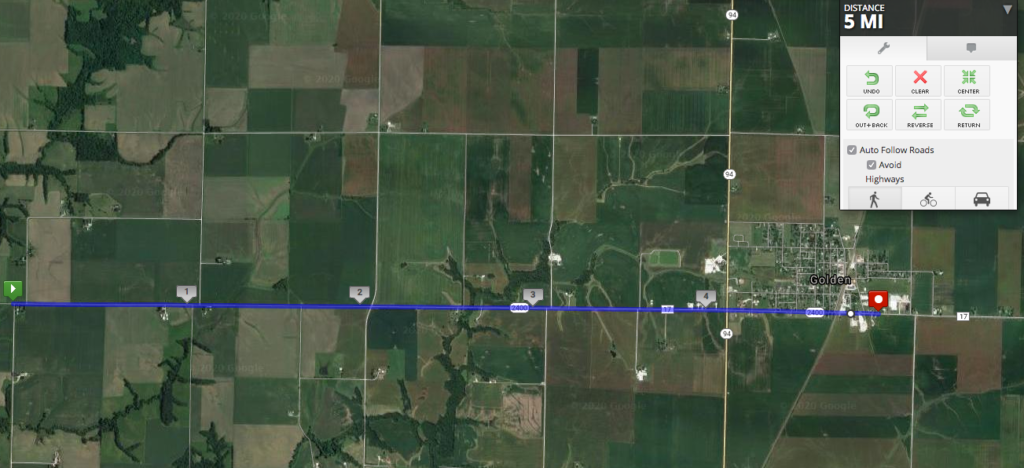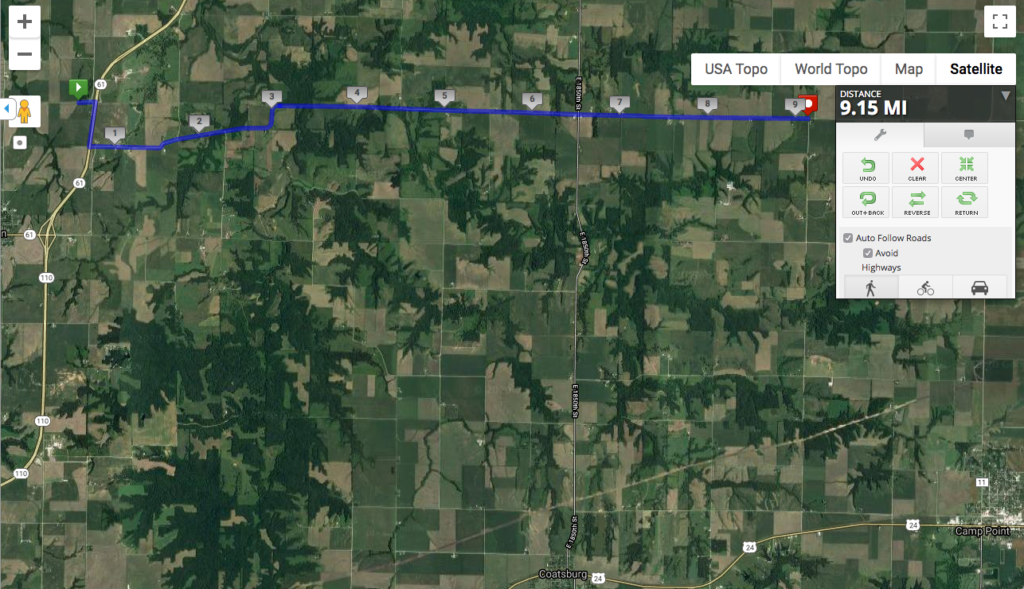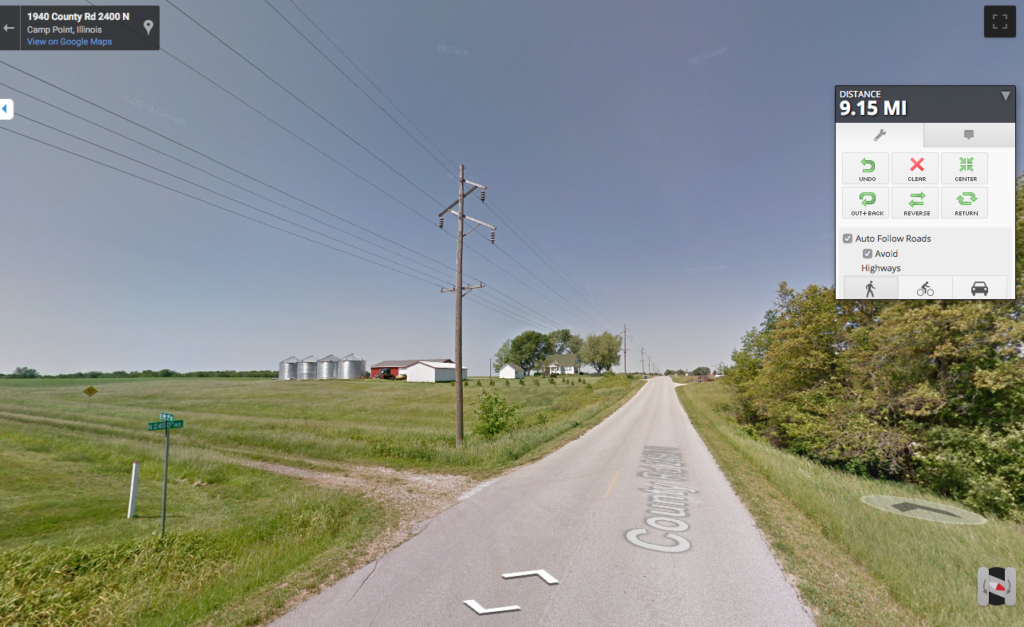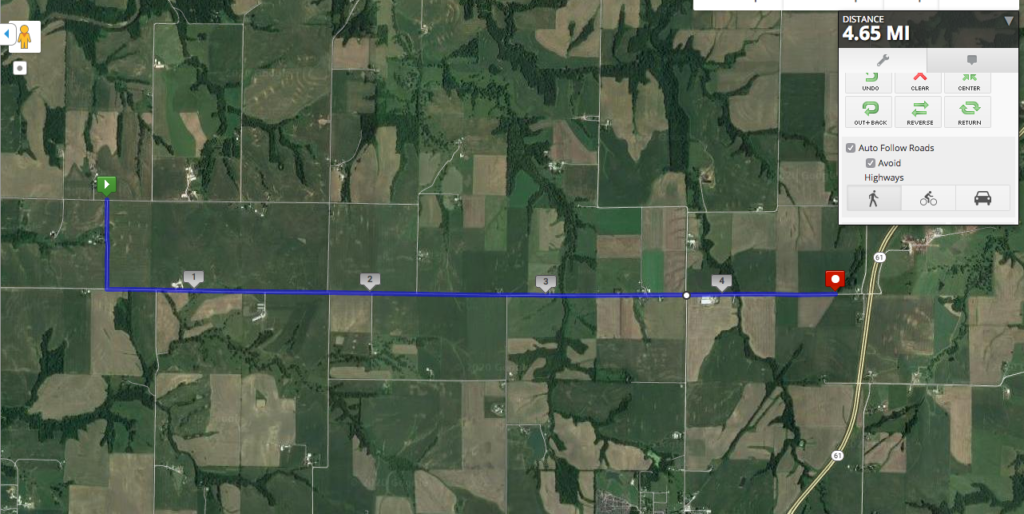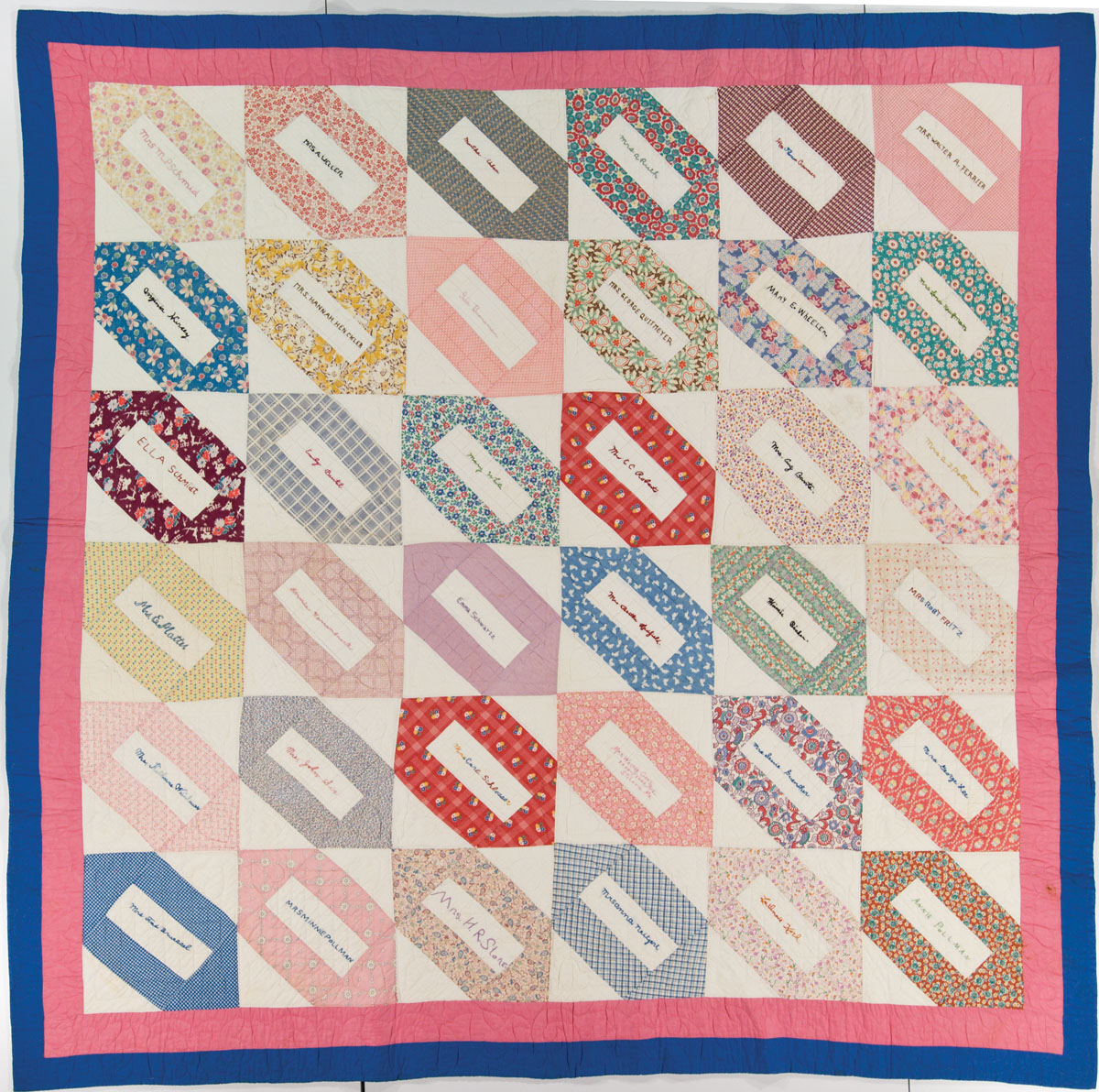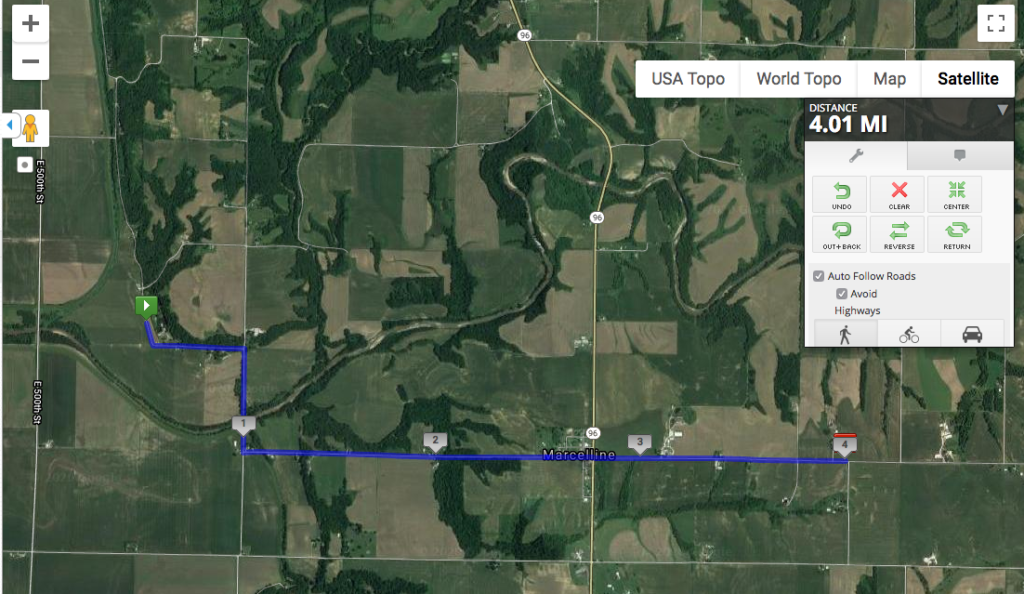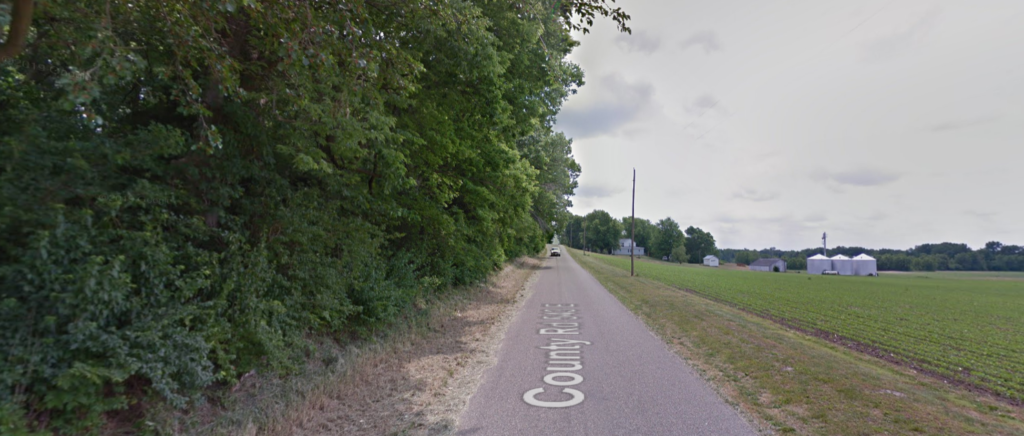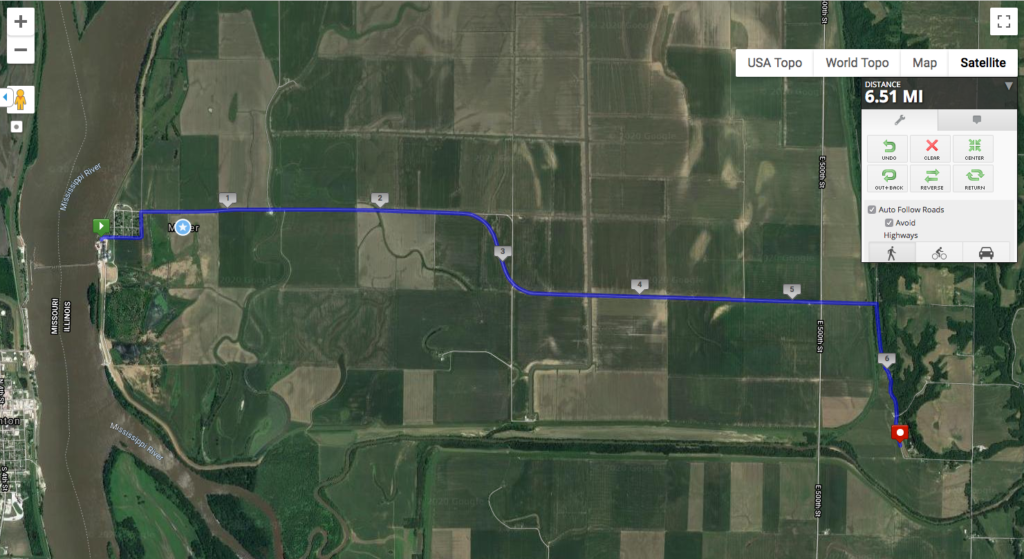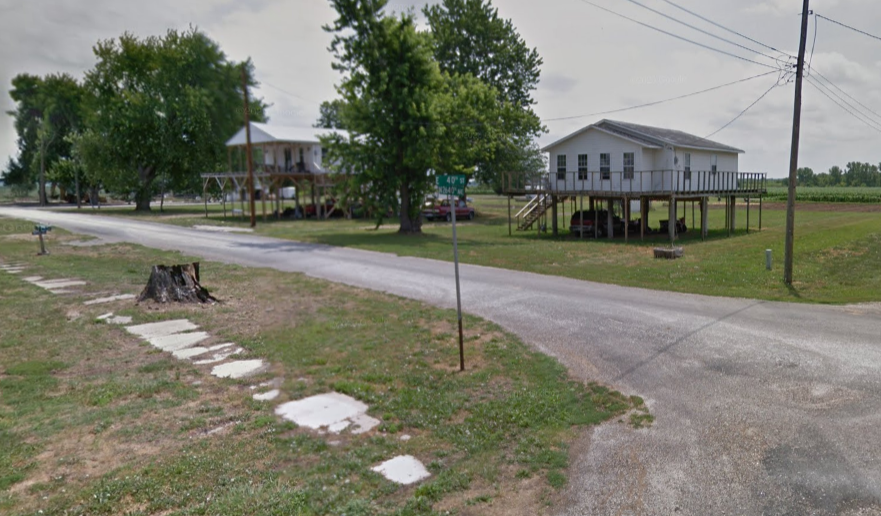One of the ways that newspapers have been demonstrating the abrupt change in daily life in the time of coronavirus is by publishing above-the-fold photos of empty or near-empty transportation infrastructure. First were images from China showing wide boulevards and highways with a single pedestrian or cyclist (e.g., Ettinger 2020). This same article from mid-March showed airports, train stations, streets, and even the canals of Venice almost entirely devoid of people. Subsequent photos from New York, London, and Kiev showed nearly-empty subway stations and trains. Our absent presence as commuters and travelers becomes very visible through these media accounts.
In the U.S., the Seattle
Times led the trend with an “eerie” image of Interstate 90 with a
handful of cars at rush hour (Gutman 2020). The Los
Angeles Times on the same day also used the word “eerie” to
describe the free-flowing traffic on the freeways through downtown (Nelson
2020), as have many other news outlets. Later, drone images in the Boston Globe, like those from Milan and
Wuhan, showed empty highways from a greater distance, with the multi-minute video
emphasizing this was not a lucky shot by the photographer, but an ongoing
absence.
In many of these photos, the captions emphasize
“nearly-empty” or “almost-deserted” transportation
infrastructure. Often, there is a single person on foot or on a bicycle
traversing a street that is usually full of cars, or a lone person on a subway
platform that is usually jam-packed. Presumably, the photographer would only
have had to wait a few minutes for that person to pass in order to have a shot
with no people at all. But the visual impact of that lone figure is striking.
On the one hand, it calls to mind post-apocalyptic films and TV shows, where one
of the first visual indicators we usually have of how bad things have gotten is
our hero(es) walking along a highway littered with abandoned cars. The news
photos draw on our familiarity with that unsettling image to quickly get the
message across of how dramatically life has changed.
At the same time, the lone figure on the multi-lane highway
or in the metro station emphasizes that life is going on. It might be a worker
who has no choice but to physically go to work; it might be someone defying
authority; it might be someone going out for groceries. At any rate, it is a
small reminder that we are not actually in a post-apocalyptic world: cars are
still functioning, people are still going about some of their daily business,
and the world will (presumably) resume its normal functioning in time.
Beyond infrastructure photos, there are other visual indicators
of what’s missing from the streets: Twitter is full of screenshots of major
metro areas in Google Maps with the traffic layer on, showing green roads in
all directions during rush hour instead of the usual angry red segments. After
about a week, images started to be shared of air quality monitors in L.A.,
showing the same bright green as on the traffic maps. Anonymized mobile phone
data from those vehicles still on the road showed that traffic speeds were 27%
faster that normal in LA, 31% faster in Washington, DC, and 25% faster in
Chicago in the first week after March 11 (Nelson 2020). CalTrans data on
traffic speeds showed a gain of 100,000 hours that greater Los Angeles was not stuck in traffic on March 12 and 13
alone (ibid.).
Unlike most articles on the “eerie” highways, the L.A. Times piece noted the implications
of this rare free flow: people aren’t going to work (Nelson 2020). In other
words, what Anthony Downs said almost thirty years ago is still true:
congestion is a good thing (Downs 1992). Downs was writing about the phenomenon
of induced traffic, whereby building more roads and more lanes only produces
more congestion in the long run. The only ways to really reduce congestion are
to shift commuting patterns in space, in time, or by mode. Part of Downs’
argument, though, was that congestion is a positive indicator. It demonstrates
that a metro area is lively and productive, that people are going to work, to
recreation, and to shopping. If millions of people need to be in the same place
at the same time, there’s going to be delay. Cities with perfectly free-flowing
traffic all day long are unhealthy cities (Downs 1992).
So there’s a paradox here: we see our currently-empty roads
and transit stations as “eerie,” maybe even threatening, but we also
don’t like it when they’re full. How many reports are written, how much public money
is spent, to reduce congestion in metro areas across the world? Now that we
don’t have that congestion, its very absence serves as a stark reminder of how
abnormal the world is at this moment. And since those of us working from home
or otherwise self-isolating are not on the empty infrastructure ourselves, we
are reliant on the images from news media and social media to show us that
eeriness.
Most of us want to go back to normal—although the stress of
commuting suggests that we don’t, not really (Bissell 2018). Is this a utopian
moment for considering other ways of doing things? Perhaps—but that’s a subject
for someone else to take up. In the meantime, many of us working from home look
at the pictures of nearly-empty roads and metro stations and look forward to
the day when we’ll be stuck in traffic once again.
Works Cited
Bissell, D. 2018. Transit
Life: How Commuting Is Transforming Our Cities. Cambridge, MA: MIT Press.
Downs, A. 1992. Stuck
in Traffic: Coping with Peak-Hour Traffic Congestion. Washington, DC:
Brookings Institution Press.
Ettinger, Z. 2020. Eerie photos show empty airports, trains,
and roads across the world as people stay home amid coronavirus. Business Insider, March 13, https://www.businessinsider.com/photos-empty-airports-trains-roads-during-coronavirus
Gutman, D. 2020. Seattle in the age of coronavirus: Not
quite empty, but eerie. Seattle Times,
March 15,
https://www.seattletimes.com/seattle-news/seattle-in-the-age-of-coronavirus-not-quite-empty-but-eerie/
Nelson, L. 2020. Eerily empty freeways: a symbol of how the
coronavirus has hurt Los Angeles. Los
Angeles Times, March 15,
https://www.latimes.com/california/story/2020-03-15/coronavirus-covid-19-traffic-commuting-los-angeles-405-freeway.
